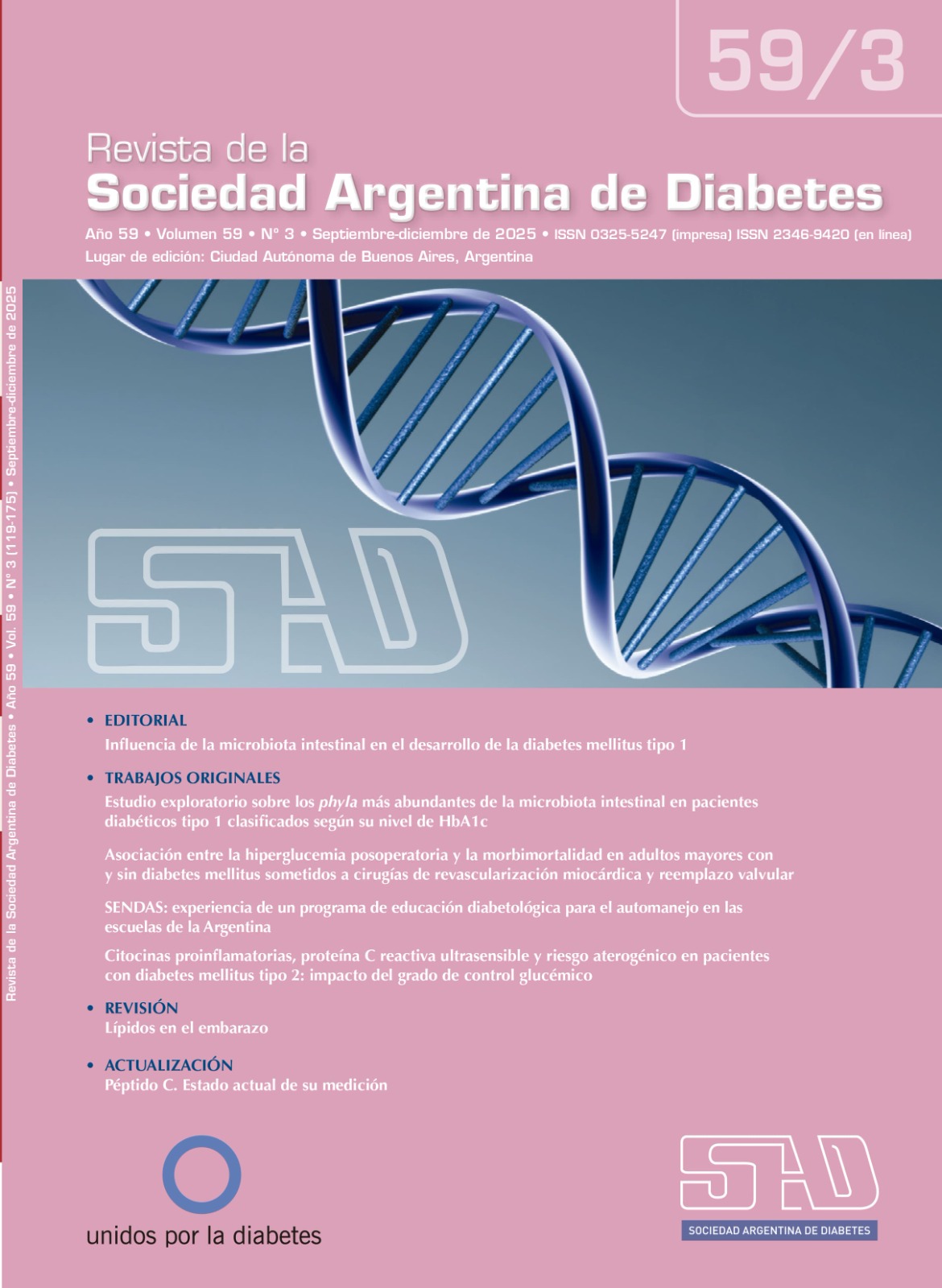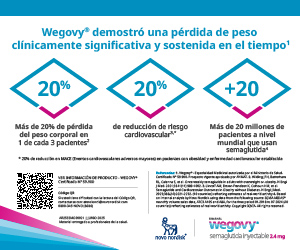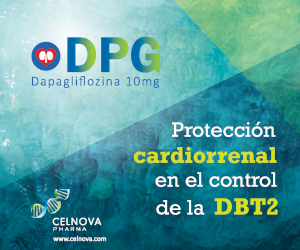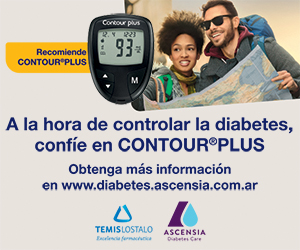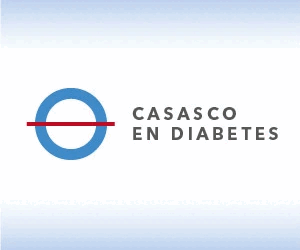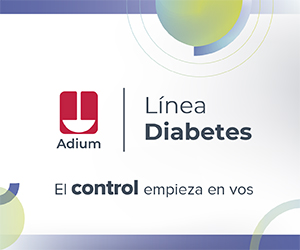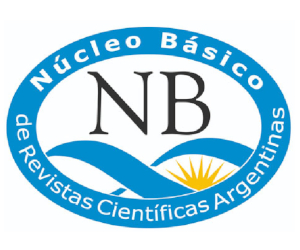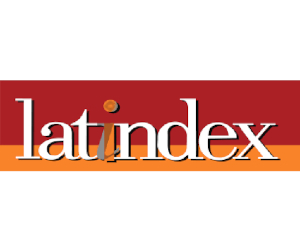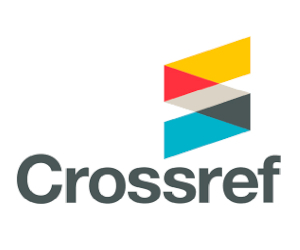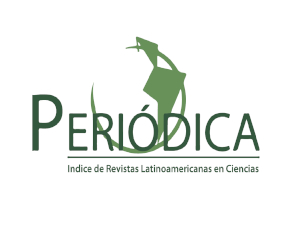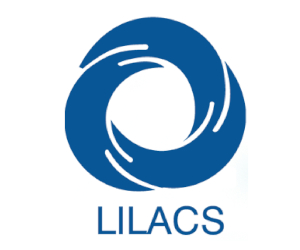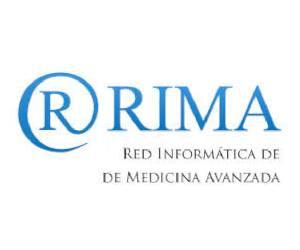Association between postoperative hyperglycemia and morbidity and mortality in older adults with and without diabetes undergoing myocardial revascularization and valve replacement surgeries
DOI:
https://doi.org/10.47196/diab.v59i3.1275Keywords:
hyperglycemia, older adults, coronary artery bypass grafting, diabetes, mortalityAbstract
Introduction: postoperative hyperglycemia, defined as blood glucose ≥140 mg/dL, is a common occurrence in cardiovascular surgeries and is associated with increased complications and mortality. In older adults, a particularly vulnerable population, this issue is of even greater relevance.
Objectives: to evaluate the association between blood glucose control during the first 24 postoperative hours and its impact on morbidity and mortality in patients over 65 years of age undergoing coronary artery bypass grafting and combined coronary artery bypass grafting with valve replacement. Additionally, to compare this association between patients with and without a prior diagnosis of diabetes mellitus.
Materials and methods: a prospective study was conducted between 2019 and 2024, including 310 patients over 65 years of age who underwent coronary artery bypass grafting or combined coronary artery bypass grafting with valve replacement. A continuous insulin infusion pump protocol was implemented and adapted to our population. Glycemic control was classified as "optimal" (mean glucose <180 mg/dL without hypoglycemia) or "non-optimal" (mean glucose ≥180 mg/dL), based on hourly glucose measurements during the first 24 hours after surgery. Postoperative complications during hospitalization and all-cause mortality were analyzed. Glycemic variability was assessed using the coefficient of variation, and multivariable logistic regression models were applied, adjusted for age, comorbidities, and other key factors.
Results: 37.5% of patients (n=115) had suboptimal glycemic control, and this group had a higher rate of complications compared with the group with optimal control (86.1% vs. 73.8%; p=0.012), including cerebrovascular accident (CVA) (3.5% versus 0%; p=0.009), acute kidney injury (ARF) (29.6% versus 18.3%; p=0.023), and all-cause mortality (10.4% versus 3.7%; p=0.017). There was no significant difference in the rate of surgical site infections in the suboptimal control group versus the optimal control group (4.3% versus 1%; p=0.061). In multivariate models, patients with a previous diagnosis of DM had a lower risk of complications (protective OR of 0.14; 95% CI: 0.02-0.8; p=0.024), while hyperglycemia ≥180 mg/dl was an independent risk factor for mortality (OR: 5.5; 95% CI: 1.7-17.6; p=0.004). Within this group, the relative risk of mortality was 2.29 (95% CI: 0.72-7.25) for the group of patients without a history of DM, however, a statistically significant difference was not reached (p = 0.181). CV was not significantly associated with mortality or with the combination of major complications in multivariate analyses (mortality: p=0.163; mortality + AMI and stroke: p=0.775).
Conclusions: non-optimal glycemic control (≥180 mg/dL) during the postoperative period in older adults undergoing coronary artery bypass grafting and valve replacement was an independent predictor of complications, including stroke, acute kidney injury, and all-cause mortality, with a greater impact observed in patients without a prior diagnosis of diabetes mellitus. These findings support the use of strict glucose monitoring protocols tailored to older adults.
References
I. Gorter PM, Olijhoek JK, van der Graaf Y, Algra A, Rabelink TJ, Visseren FLJ, et al. Prevalence of the metabolic syndrome in patients with coronary heart disease, cerebrovascular disease, peripheral arterial disease or abdominal aortic aneurysm. Atherosclerosis 2004 Apr;173(2):363-9.
II. Centers for Disease Control and Prevention (CDC). Diabetes data and research [Internet]. Atlanta, GA: CDC; [actualizado 2023 Jun 26]. Disponible en: https://www.cdc.gov/diabetes/php/data-research/index.html. (citado: agosto 2025).
III. Azarfarin R, Alizadeh-Asl A. Prevalence and intensity of hyperglycemia in non-diabetic patients undergoing coronary artery bypass graft surgery with and without cardiopulmonary bypass. Saudi Med J 2008 Sep;29(9):1294-8.
IV. Carson JL, Scholz PM, Chen AY, Peterson ED, Gold J, Schneider SH. Diabetes mellitus increases short-term mortality and morbidity in patients undergoing coronary artery bypass graft surgery. J Am Coll Cardiol 2002 Aug 7;40(3):418-23.
V. McAlister FA, Man J, Bistritz L, Amad H, Tandon P. Diabetes and coronary artery bypass surgery: an examination of perioperative glycemic control and outcomes. Diabetes Care 2003 May;26(5):1518-24.
VI. Ascione R, Rogers CA, Rajakaruna C, Angelini GD. Inadequate blood glucose control is associated with in-hospital mortality and morbidity in diabetic and nondiabetic patients undergoing cardiac surgery. Circulation 2008 Jul 8;118(2):113-23.
VII. Dungan KM, Braithwaite SS, Preiser JC. Stress hyperglycaemia. Lancet 2009 May 23;373(9677):1798-807.
VIII. Gandhi GY, Nuttall GA, Abel MD, Mullany CJ, Schaff HV, Williams BA, et al. Intraoperative hyperglycemia and perioperative outcomes in cardiac surgery patients. Mayo Clin Proc 2005 Jul;80(7):862-6.
IX. Williams JB, Peterson ED, Albrecht ÁS, Li S, Hirji SA, Ferguson T Jr, et al. Glycemic control in patients undergoing coronary artery bypass graft surgery: Clinical features, predictors, and outcomes. J Crit Care 2017 Dec;42:328-33.
X. Furnart A, WU YX, Bookin SO. Effect of hyperglycemia and continuous intravenous insulin infusions on outcomes of cardiac surgical procedures: the Portland Diabetic Project. Endocr Pract 2004;suppl2:21-33. doi: 10.4158/EP.10.S2.21.
XI. Galindo RJ, Fayman M, Umpierrez G. Perioperative management of hyperglycemia and diabetes in cardiac surgery patients. Endocrinol Metab Clin North Am 2018 Mar;47(1):203-222. doi: 10.1016/j.ecl.2017.10.005.
XII. Schmeltz LR, DeSantis AJ, Thiyagarajan V, Schmidt K, O’Shea-Mahler E, Johnson D, et al. Reduction of surgical mortality and morbidity in diabetic patients undergoing cardiac surgery with a combined intravenous and subcutaneous insulin glucose management strategy. Diabetes Care 2007 Apr;30(4):823-8.
XIII. Umpierrez G, Cardona S, Pasquel F, Jacobs S, Peng L, Unigwe M, et al. Randomized controlled trial of intensive versus conservative glucose control in patients undergoing coronary artery bypass graft surgery: GLUCO-CABG. Trial Diabetes Care 2015 Sep;38(9):1665-72.
XIV. Lansang MC, Umpierrez GE, Inpatient hyperglycemia management. A practical review for primary medical and surgical teams. Cleve Clin J Med 2016 May;83(5 Suppl 1):S34-43.
XV. Duggan EW, Carlson K, Umpierrez GE. Perioperative hyperglycemia management: an update. Anesthesiology 2017 Mar;126(3):547-60.
XVI. Ahluwalia A, Baliarsinha AK, Gupta SB, Muruganathan A, Das AK; Diabetes Consensus Group. Consensus evidence-based guidelines for management of hyperglycaemia in patients undergoing coronary artery bypass grafting in patients with diabetes in India. J Assoc Physicians India 2014 Jul;62(7 Suppl):42-8.
XVII. Ruiz Saban J. Fisiopatología y manejo de la hiperglucemia intrahospitalaria, Ediciones Díaz de Santos; 2012, 236 p.
XVIII. American Diabetes Association Professional Practice Committee. 16. Diabetes Care in the Hospital: Standards of Care in Diabetes 2024. Diabetes Care 2024;47(Suppl 1):S295–306.
XIX. Ceriello A, Monnier L, Owens D. Glycaemic variability in diabetes: clinical and therapeutic implications. Lancet Diabetes Endocrinol 2019 Mar;7(3):221-30.
XX. Monnier L, Colette C, Owens D. Glucose variability: do we have to revisit the profusion of definitions to avoid confusion? Diabetes Metab 2018 Mar;44(2):97-100.
XXI. Grosembacher LA, Puchulu F, Fretes O, Giunta J, González C, Umpierrez G. Guía de recomendaciones para el manejo de la hiperglucemia en pacientes hospitalizados, Federación Argentina de Sociedades de Endocrinología (FASEN) 2016;55:34-40.
XXII. Jones KW, Cain AS, Mitchell JH, Millar RC, Rimmasch HL, French TK, et al. Hyperglycemia predicts mortality after CABG: postoperative hyperglycemia predicts dramatic increases in mortality after coronary artery bypass graft surgery. J Diabetes Complications 2008 Apr 16;22(6):365-70.
XXIII. Zhao Q, Zhang TY, Cheng YJ, Ma Y, Xu YK, Yang JQ, et al. Prognostic significance of relative hyperglycemia after percutaneous coronary intervention in patients with and without recognized diabetes. Curr Vasc Pharmacol 2021;19(1):91-101.
XXIV. Capes SE, Hunt D, Malmberg K, Gerstein HC. Stress hyperglycaemia and increased risk of death after myocardial infarction in patients with and without diabetes: a systematic overview. Lancet 2000 Mar 4;355(9206):773-8.
XXV. Petursson P, Herlitz J, Caidahl K, Gudbjörnsdottir S, Karlsson T, Perers E, et al. Admission glycaemia and outcome after acute coronary syndrome. Int J Cardiol 2007 Apr 4;116(3):315-20.
XXVI. Chen Y, Zhang H, Hou X, Li X, Qian X, Feng X, et al. Glycemic control and risk factors for in-hospital mortality and vascular complications after coronary artery bypass grafting in patients with and without preexisting diabetes. J Diabetes 2021 Mar;13(3):232-42.
XXVII. Thongsuk Y, Hwang NC. Perioperative glycemic management in cardiac surgery. A narrative review. J Cardiothorac Vasc Anesth 2024;38:248-267.
XXVIII. Cunningham GR, Daoud D, Baimbridge S, Baimbridge C, Abdelnour S. Effects of glycemia on immediate complications following CABG. Endocr Pract 2013 Nov-Dec;19(6):928-36.
XXIX. Ali Abdelhamid Y, Kar P, Finnis ME, Phillips LK, Plummer MP, Shaw JE, et al. Stress hyperglycaemia in critically ill patients and the subsequent risk of diabetes: a systematic review and meta-analysis. Crit Care 2016 Sep 27;20(1):301.
XXX. Umpierrez GE, Isaacs SD, Bazargan N, You X, Thaler LM, Kitabchi AE. Hyperglycemia: an independent marker of in-hospital mortality in patients with undiagnosed diabetes. J Clin Endocrinol Metab 2002 Mar;87(3):978-82.
XXXI. Kersten JR, Toller WG, Gross ER, Pagel PS, Warltier DC. Diabetes abolishes ischemic preconditioning: role of glucose, insulin, and osmolality. Am J Physiol Heart Circ Physiol 2000 Apr;278(4):H1218-24.
XXXII. Verma S, Maitland A, Weisel RD, Li SH, Fedak PWM, Pomroy NC, et al. Hyperglycemia exaggerates ischemia-reperfusion-induced cardiomyocyte injury: reversal with endothelin antagonism. J Thorac Cardiovasc Surg 2002 Jun;123(6):1120-4.
XXXIII. Liu Q, Docherty JC, Rendell JCT, Clanachan AS, Lopaschuk GD. High levels of fatty acids delay the recovery of intracellular pH and cardiac efficiency in post-ischemic hearts by inhibiting glucose oxidation. J Am Coll Cardiol 2002 Feb 20;39(4):718-25.
XXXIV. Koltai MZ, Hadházy P, Pósa I, Kocsis E, Winkler G, Rösen P, et al. Characteristics of coronary endothelial dysfunction in experimental diabetes. Cardiovasc Res 1997 Apr;34(1):157-63.
XXXV. Garg R, Chaudhuri A, Munschauer F, Dandona P. Hyperglycemia, insulin, and acute ischemic stroke: a mechanistic justification for a trial of insulin infusion therapy. Stroke 2006 Jan;37(1):267-73.
XXXVI. Woods LL, Mizelle HL, Hall JE, Control of renal hemodynamics in hyperglycemia: possible role of tubuloglomerular feedback. Am J Physiol 1987 Jan;252(1 Pt 2):F65-73.
Downloads
Published
Issue
Section
License
Copyright (c) 2025 on behalf of the authors. Reproduction rights: Argentine Society of Diabetes

This work is licensed under a Creative Commons Attribution-NonCommercial-NoDerivatives 4.0 International License.
Dirección Nacional de Derecho de Autor, Exp. N° 5.333.129. Instituto Nacional de la Propiedad Industrial, Marca «Revista de la Sociedad Argentina de Diabetes - Asociación Civil» N° de concesión 2.605.405 y N° de disposición 1.404/13.
La Revista de la SAD está licenciada bajo Licencia Creative Commons Atribución – No Comercial – Sin Obra Derivada 4.0 Internacional.
Por otra parte, la Revista SAD permite que los autores mantengan los derechos de autor sin restricciones.



